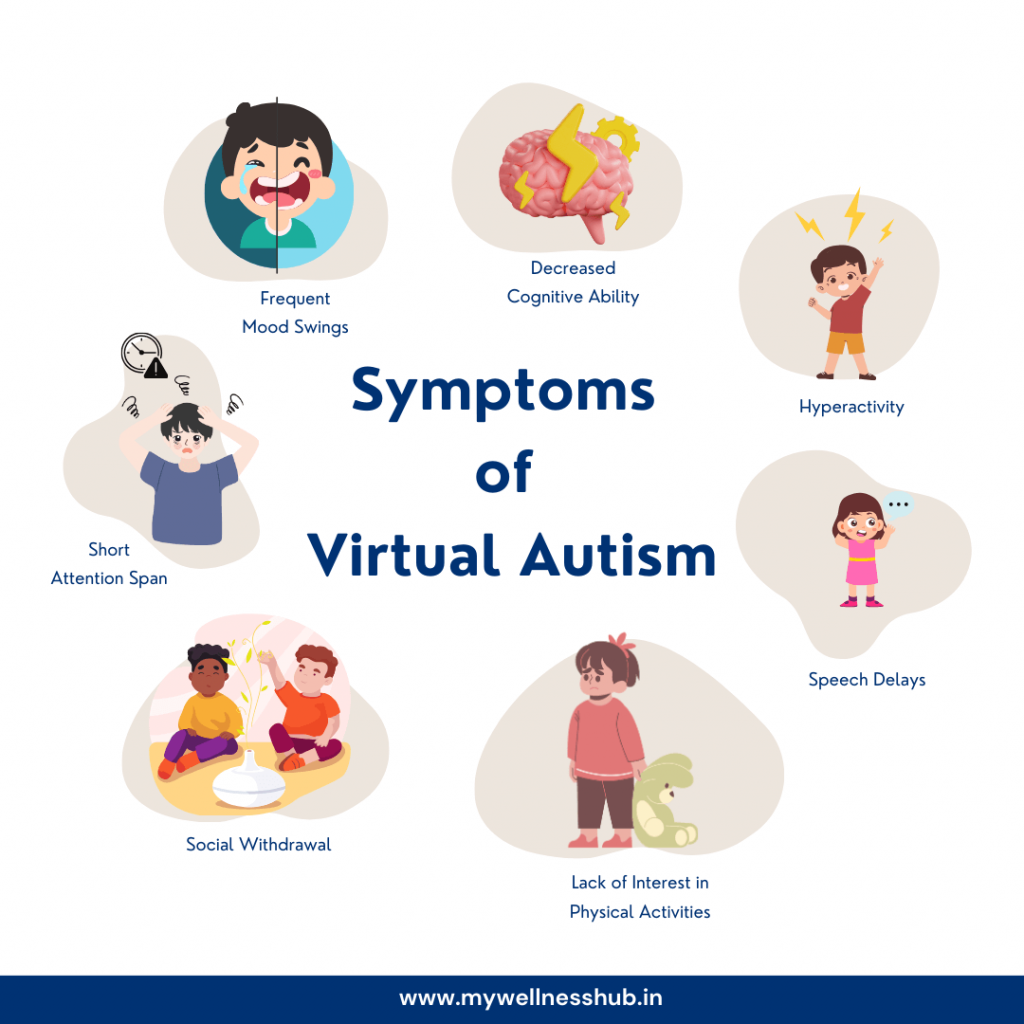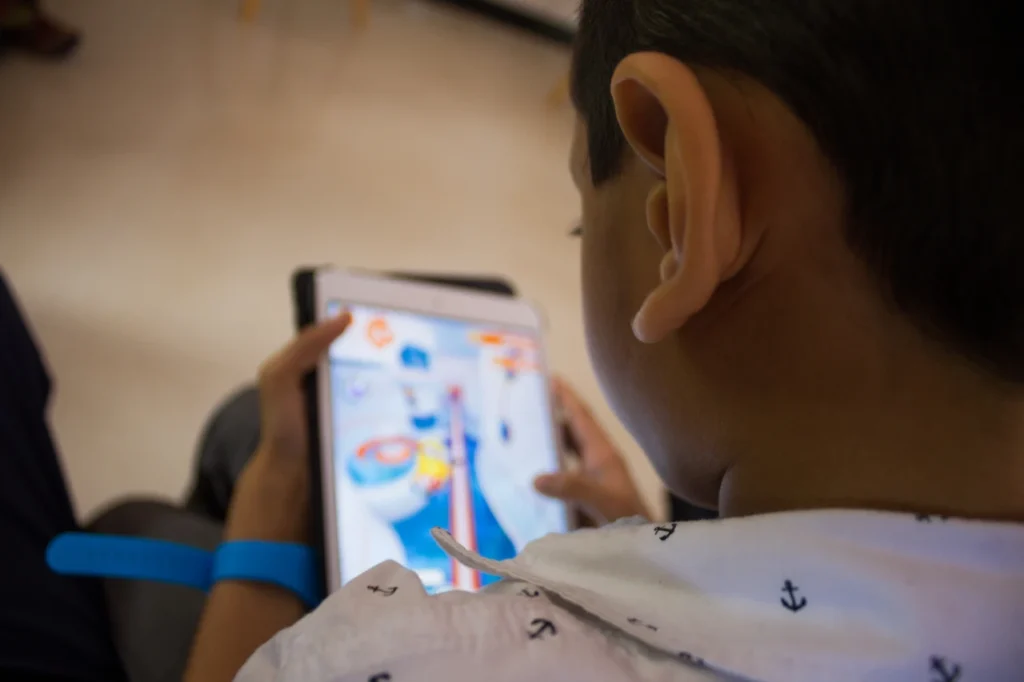Understanding Virtual Autism: What Every Parent Should Know
Learn about virtual autism, its causes, signs, and how screen overexposure can impact early childhood development. A must-read for parents navigating the digital age.

In today’s digital world, screens are everywhere—from televisions and tablets to smartphones and laptops. While technology offers convenience and entertainment, growing research shows that excessive screen time in early childhood can lead to developmental delays that closely resemble symptoms of autism. This phenomenon is known as virtual autism.
Though not a formal medical diagnosis, virtual autism is a term gaining recognition among child development experts, educators, and healthcare professionals. It refers to autism-like symptoms that appear in young children who are overexposed to screens during critical stages of brain development, particularly between birth and age three.
This article aims to help Pakistani parents understand what virtual autism is, how it differs from classic autism, and what steps can be taken to prevent or reverse its effects.
What is Virtual Autism?
Virtual autism occurs when toddlers are exposed to screens for prolonged hours, often replacing meaningful real-life interactions. As a result, children may develop speech delays, poor eye contact, limited social interaction, repetitive behaviors, and attention deficits—symptoms commonly associated with autism spectrum disorder (ASD).
However, unlike classic autism, virtual autism is not rooted in genetics or neurological conditions. Rather, it’s a developmental issue caused by a lack of sensory, social, and verbal stimulation during early brain development due to overuse of screens.
Signs and Symptoms of Virtual Autism
Some of the common signs of virtual autism include:
- Delayed speech development
- Poor eye contact
- Lack of interest in people or surroundings
- Repetitive behaviors like hand-flapping or spinning
- Difficulty in following instructions
- Hyperactivity or inability to focus
- Delayed emotional responses or expression
These symptoms may closely resemble those of ASD, making early identification and accurate diagnosis challenging.
How is Virtual Autism Different from Autism?
While the symptoms may appear similar, the root cause of virtual autism is environmental, not biological. Most importantly, the condition is often reversible with the right intervention. Once screen time is significantly reduced and replaced with real-world interaction and play, many children show noticeable improvement within months.
On the other hand, classic autism is a lifelong condition that may require long-term support and therapy.
Causes of Virtual Autism
The causes of virtual autism are tied primarily to lifestyle patterns and parental habits. Here are some contributing factors:
- Excessive screen exposure (over 2 hours per day) for children under age 3
- Lack of responsive adult interaction
- Minimal physical play or outdoor activity
- Feeding or soothing children with screens
- Use of mobile phones as digital pacifiers
In Pakistani households, where both parents may be working or busy with household responsibilities, it’s easy to rely on digital devices to entertain or calm children. However, this convenience comes at a cost to a child’s cognitive and emotional growth.
What Can Parents Do?
The good news is that virtual autism is preventable and, in many cases, reversible. Here’s what parents can do:
- Limit screen time – Avoid screens altogether for children under 2, and limit to one hour for children aged 2–5.
- Encourage human interaction – Talk, sing, read stories, and play face-to-face games.
- Promote sensory play – Activities like painting, clay modeling, sand play, and water games stimulate brain development.
- Increase physical activity – Outdoor games and movement-based play are essential for healthy development.
- Be a role model – Children mirror adults. Limit your own screen usage during family time.
- Seek help early – If you observe developmental delays, consult a pediatrician or child psychologist familiar with virtual autism.
Conclusion
The rise of virtual autism is a wake-up call for parents in today’s technology-driven world. At Gateway International School, we strongly advocate for mindful parenting, balanced digital habits, and nurturing environments that foster real-life learning and emotional growth.
As caretakers of the next generation, it’s our duty to ensure that technology remains a tool—not a trap. Let’s give our children the gift of attention, conversation, and connection.
Gateway International School: Where every child’s day is a story worth sharing.











